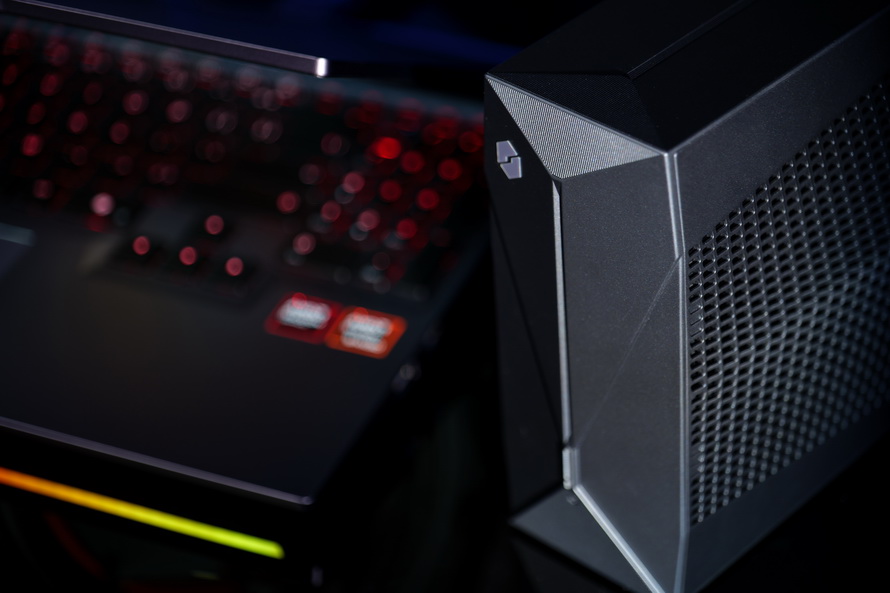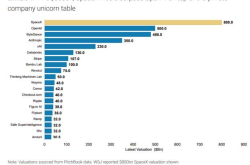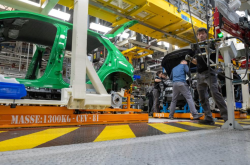Mechanical Revolution Canglong 16 Ultra Review: Water-cooled AMD 9955HX3D + 5090 for Thousands of Frames of Gaming Potential
![]() 08/20 2025
08/20 2025
![]() 741
741
What determines the performance ceiling of a laptop? The number of cores and threads in the CPU, or whether the GPU supports DLSS? No, it's the cooling capacity. To squeeze every bit of performance out of the CPU and GPU, Mechanical Revolution has launched the Canglong 16 Ultra gaming laptop, featuring the AMD Ryzen 9 9955HX3D, GeForce RTX 5090 Laptop GPU, and an external water cooler. Can it deliver an emperor-like gaming experience? Let's find out together.
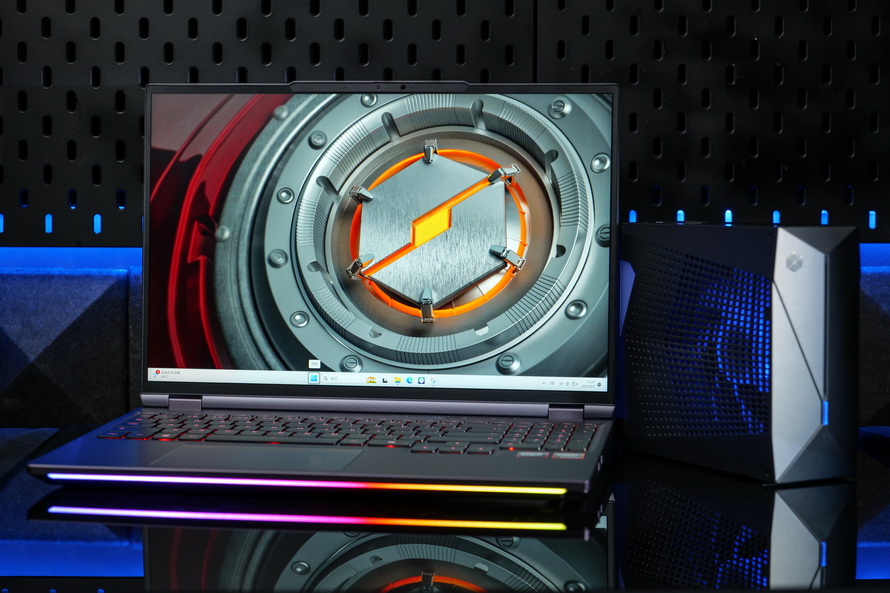
Dual Flagships with External Water Cooling
The Mechanical Revolution Canglong 16 Ultra is a heavy-duty gaming laptop with a full-metal body and a rare dusk gray color scheme. The weight of the laptop alone reaches 2.85kg, and with the addition of the external water cooler, power adapter, and power cord, the total weight increases to 4.7kg.
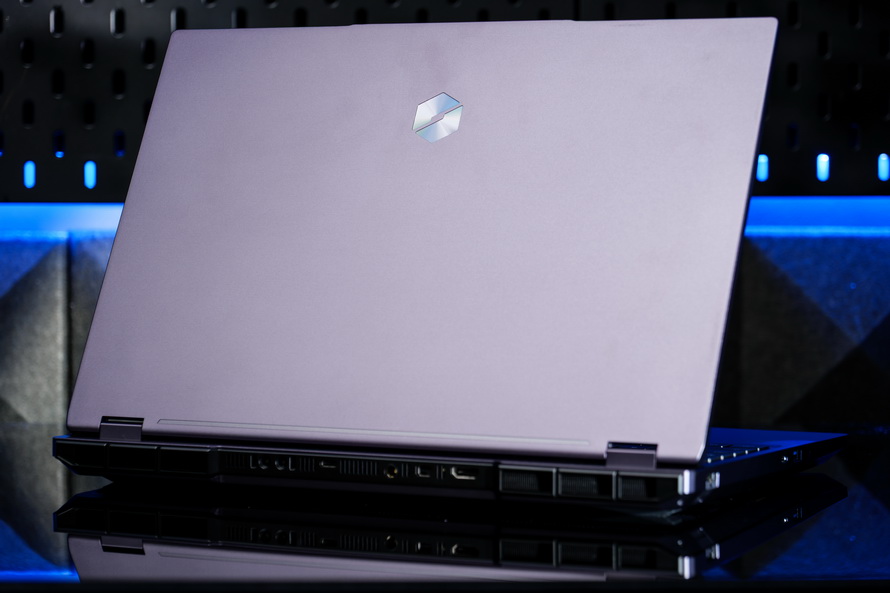
As the face of the gaming laptop, it uses a Mini LED Yaoyue screen from BOE, which achieves a resolution of 2560*1600 with a 300Hz refresh rate, along with outstanding indicators such as a peak brightness of 1200 nits, 100% DCI-P3 wide color gamut, and a color accuracy Delta E of less than 1.
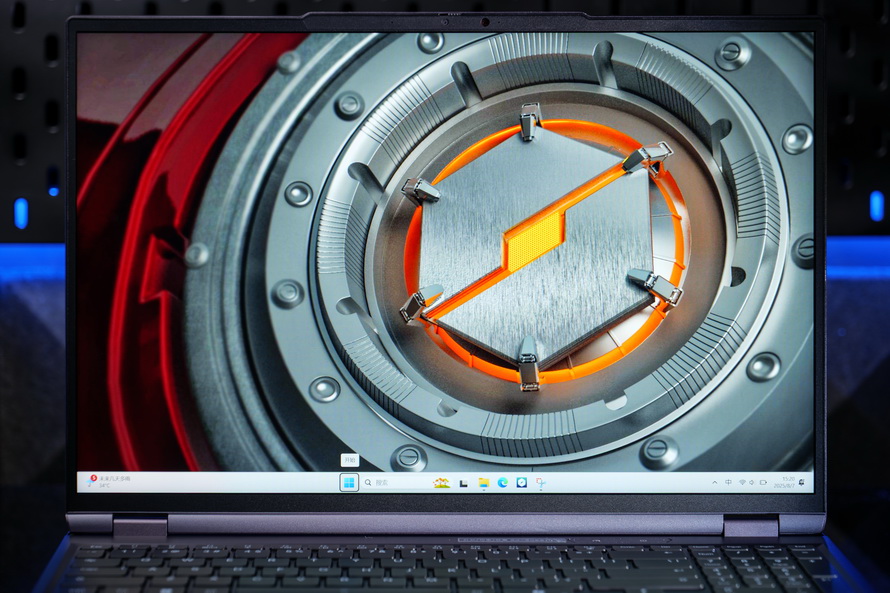
Above the screen, there is a 1080P IR infrared camera, allowing players to stream while gaming. If not needed, the camera can be physically turned off for 100% security.

For a gaming laptop, atmosphere is essential. The Canglong 16 Ultra features an independent numeric keypad with full-key no-conflict functionality, and each key has a travel distance of 1.4mm with individual RGB lighting effects adjustable in 16 million colors. At the front of the laptop, there is also an RGB atmosphere light strip composed of 54 LED beads, and the A-side features an RGB colorful Mechanical Revolution logo, creating a multidimensional gaming atmosphere.
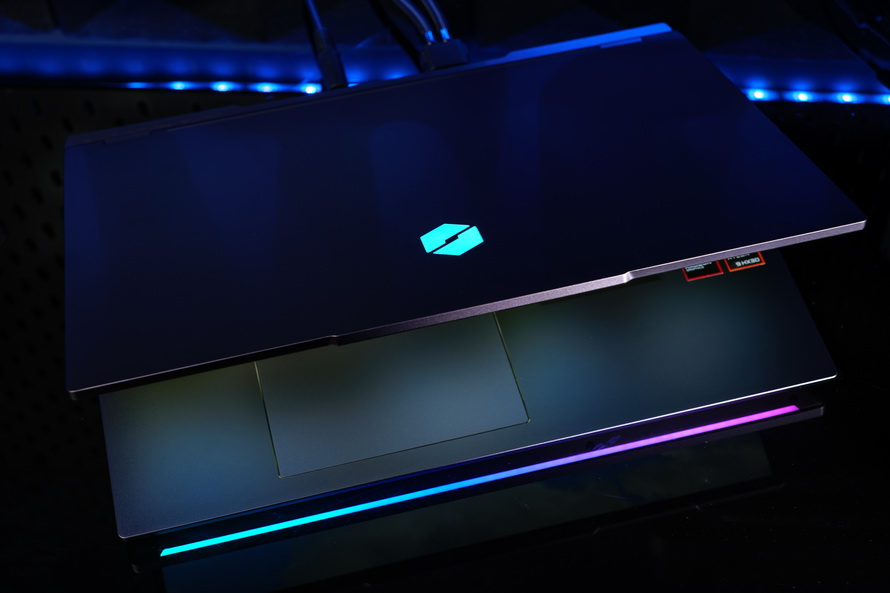
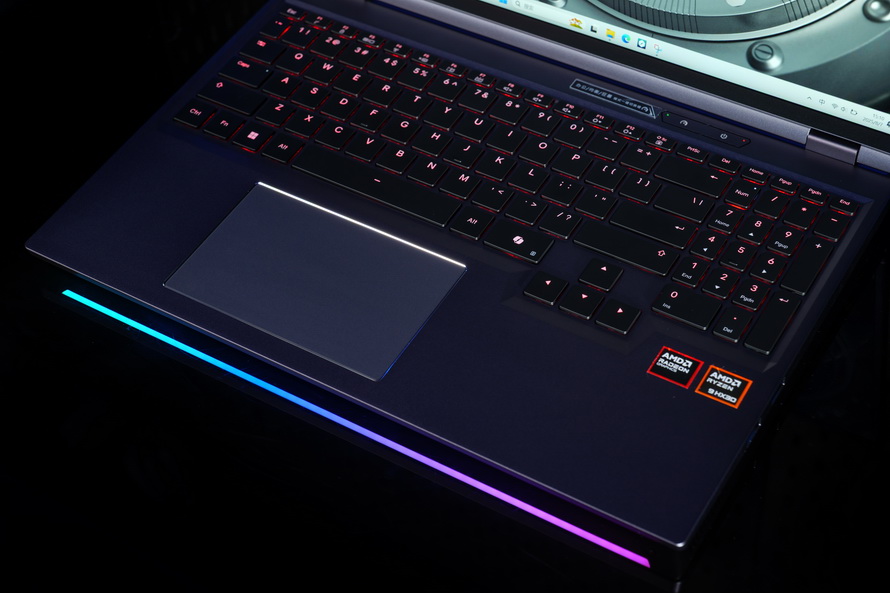
In terms of ports, the Mechanical Revolution Canglong 16 Ultra provides multiple ports on both sides and the back. The back includes a water cooling port, a round power port, USB-C (10Gbps+PD 140W proprietary protocol+DP1.4), MINI DP2.1, HDMI 2.1. The left side has an RF-45 network port, USB-C (10Gbps+PD 100W+DP1.4), USB-A (5Gbps), and a 3.5mm combo audio jack. The right side has dual USB-A (5Gbps) ports and a Kensington security lock. The variety and quantity of ports are abundant, with the slight regret of not providing a 20/40Gbps USB-C port.

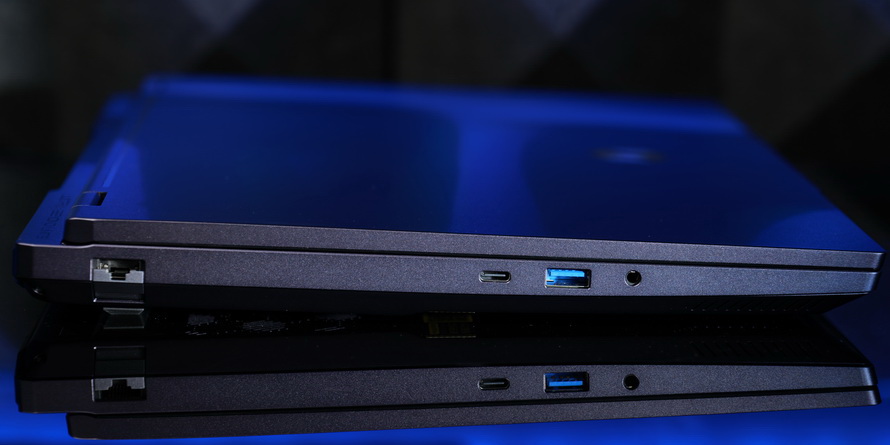
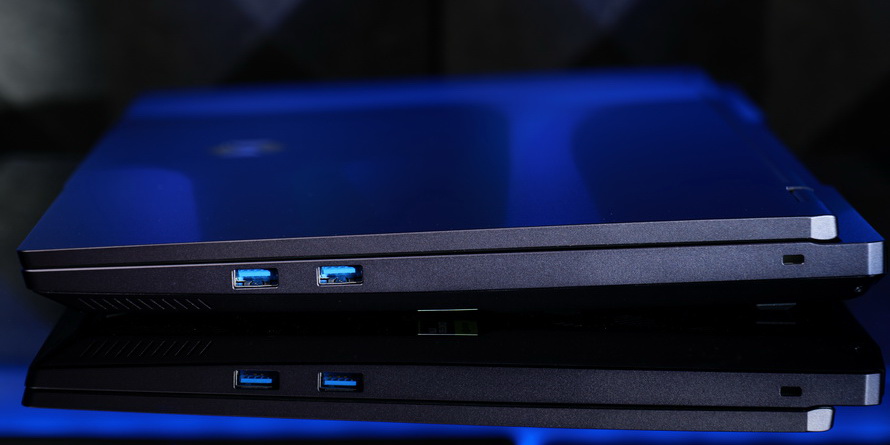
Inside the gaming laptop, there are two flagship components from 2025. The first is the AMD Ryzen 9 9955HX3D processor, a new generation flagship processor released by AMD at CES this year. Based on the innovative Zen 5 architecture and leading 4nm process, it uses second-generation 3D V-Cache technology, featuring 16 ultra-large cores and 32 threads, with an astonishing 144MB of L2+L3 cache. The single-core frequency can reach up to 5.4GHz, with a default TDP of 55W and a cTDP of up to 75W, making it the top-of-the-line CPU for gaming laptops in 2025.
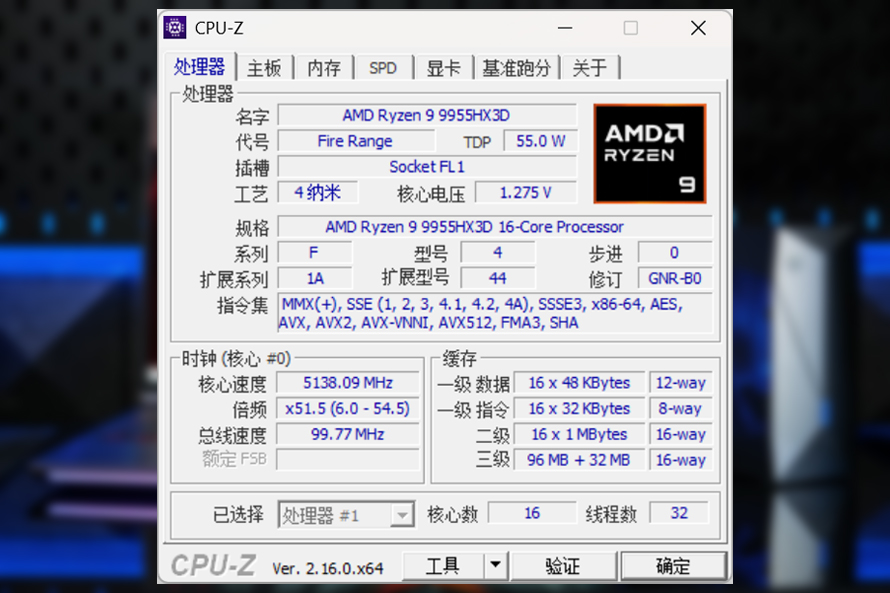
The other flagship is the GeForce RTX 5090 Laptop, also unveiled at CES. Based on the latest Blackwell architecture, it boasts 10496 CUDA cores with an official accelerated frequency adjustable between 1597-2160 MHz. It comes with 24GB of GDDR7 memory, a memory bandwidth of 896GB/s, and supports DLSS 4 and Reflex 2 new technologies, with an AI computing power of 1824 TOPS. According to GPU-Z, the GPU accelerated frequency of the Canglong 16 Ultra is 1747Mhz.
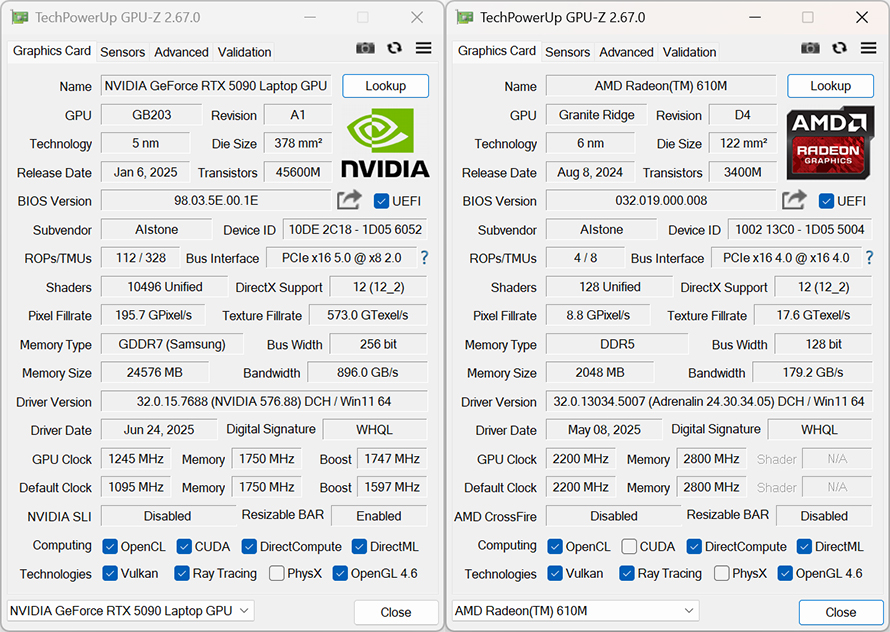
According to the official claims, the Canglong 16 Ultra can reach a power output of 280W under dual-load conditions and 120W under CPU-only load conditions, with a total power output of 420W from the SiC power adapter. To handle the high heat generated by high power, the Canglong 16 Ultra employs dual measures. First, it uses an internal air cooler with three fans and five heat pipes, totaling 245 cooling fins, and employs nano-phase change thermal grease.
Second, it uses an external water cooler to transfer part of the internal heat outside the laptop through water and dissipate it. To prevent accidents, the external water cooler connects the gaming laptop to the cooler through a magnetic Adsorption interface water pipe. If the cooler is accidentally knocked under the desk, the water pipe interface will automatically close to prevent leakage, ensuring high safety.
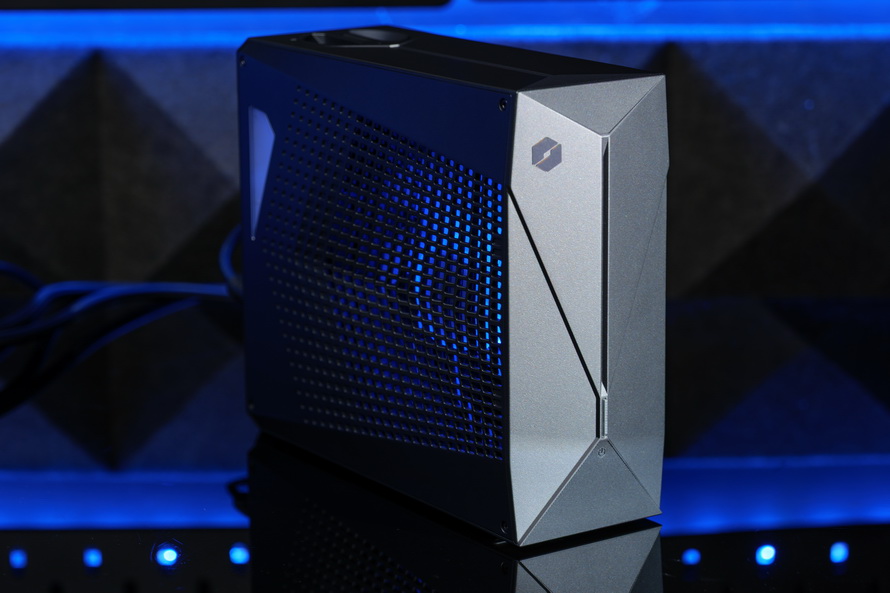
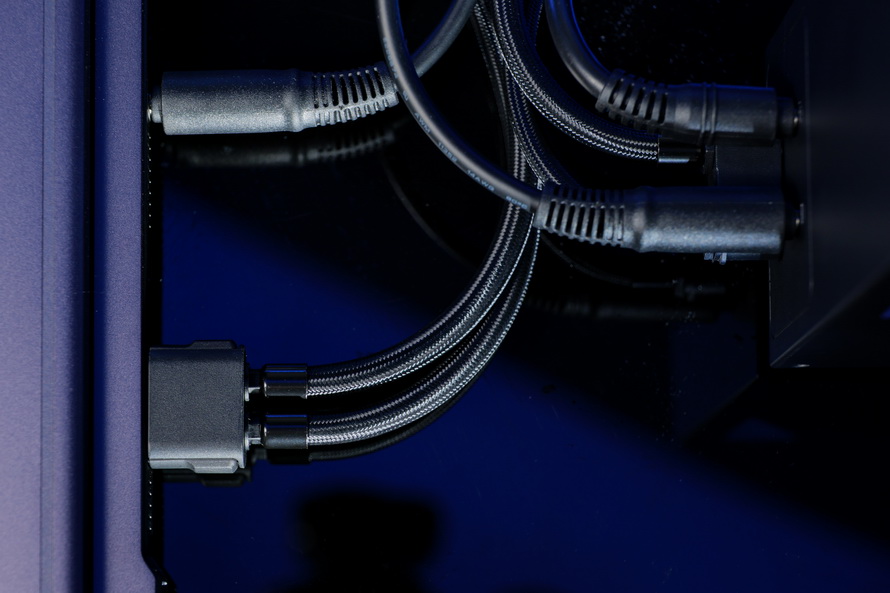
In addition to the two flagship processors, the Canglong 16 Ultra is equipped with 64GB of 5600Mhz DDR5 memory and a PCIe 4.0 SSD with a capacity of 2TB. The memory timings are 50-45-45-90-135, and the internal battery capacity is 99Wh.
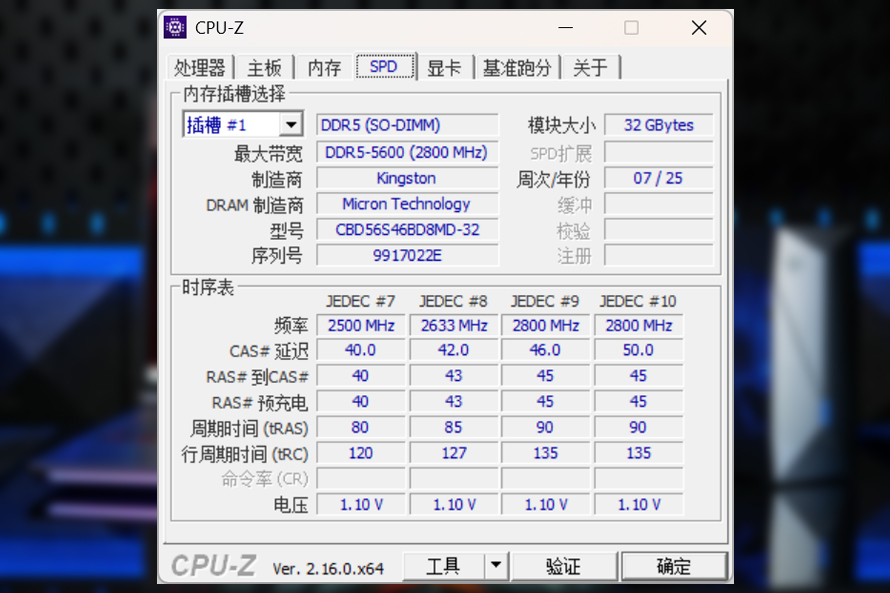
Stress Test
To achieve high performance in a gaming laptop, high power output and effective cooling are essential. Can the actual performance of the Mechanical Revolution Canglong 16 Ultra meet the official promotional claims? Let's start with the "Mechanical Revolution Control Center" software.
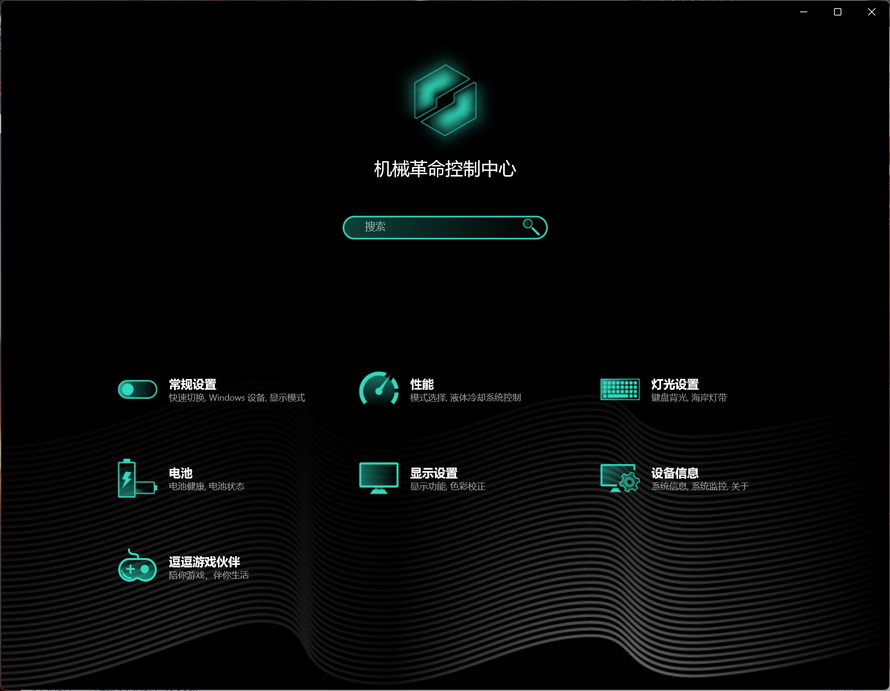
The Mechanical Revolution Control Center can be considered the computer's control hub, allowing users to control lighting effects, display settings, battery, and performance. Among these, performance is undoubtedly the most important. The performance menu is divided into mode selection and liquid cooling system control.
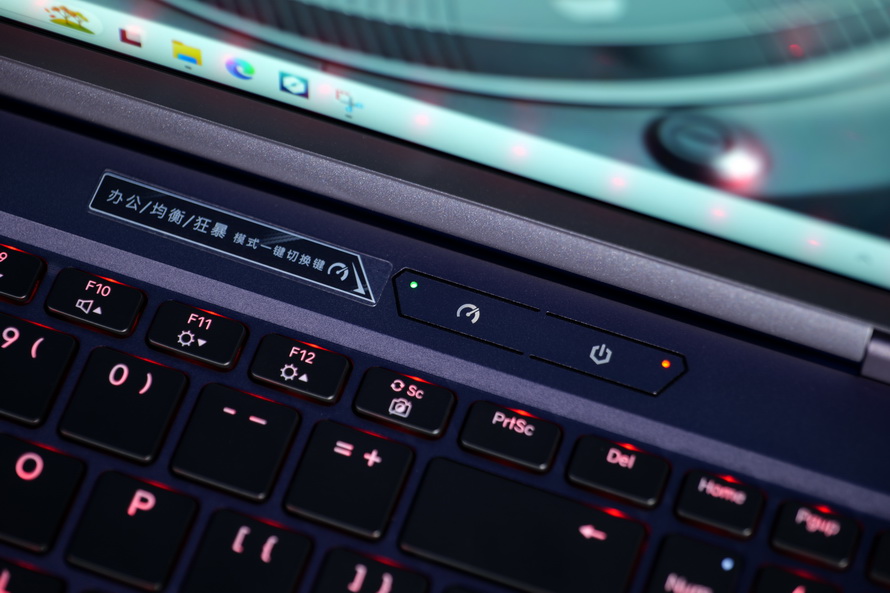
Under mode selection, there are four default options: Office Mode, Balanced Mode, Turbo Mode, and Custom Mode. Users can switch modes through shortcuts next to the power button without entering the menu. It is worth noting that Turbo Mode can only be enabled with an external water cooler connected, and it further includes sub-options such as GPU overclocking switch, Silent Turbo Mode, and High-Performance Turbo Mode.

The GPU overclocking switch is self-explanatory. But what do Silent Turbo Mode and High-Performance Turbo Mode mean? We verified this through AIDA 64 and FurMark dual-load tests.
With GPU overclocking and Silent Turbo Mode enabled, the CPU power consumption of the Mechanical Revolution Canglong 16 Ultra is approximately 90W, while the GPU power consumption is 173W, totaling 263W of power output.
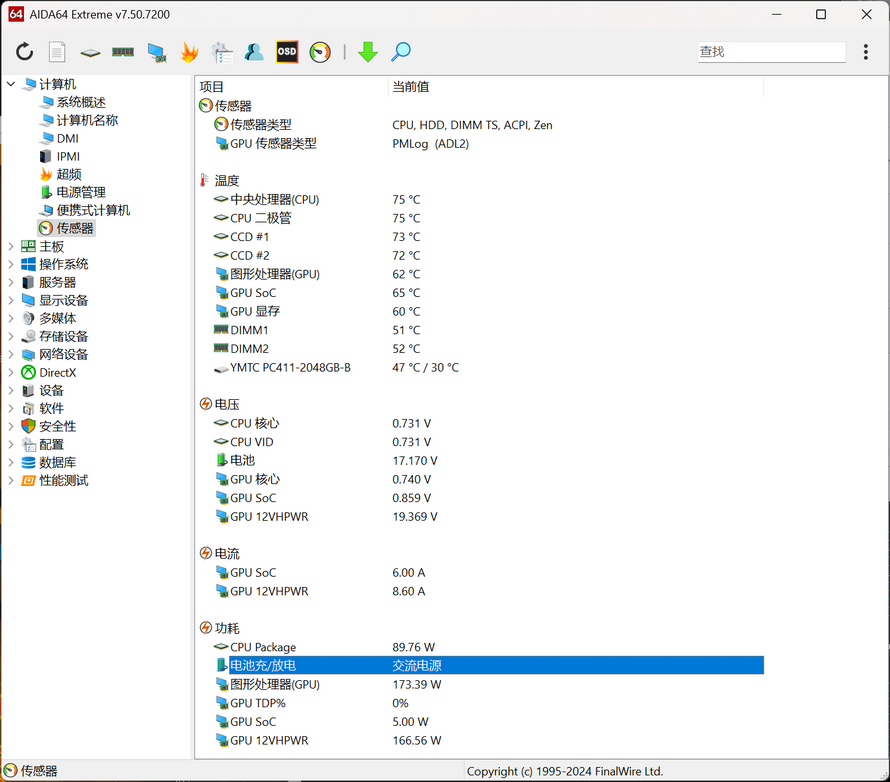
After switching to High-Performance Turbo Mode, the CPU power consumption increases to 110W, while the GPU power consumption remains at nearly 172W, with a total power output exceeding 281W, slightly higher than the official claim of 280W. The test data also shows that the difference between Silent Turbo Mode and High-Performance Turbo Mode lies in the latter's increased CPU power output by 20W, resulting in more robust overall performance.
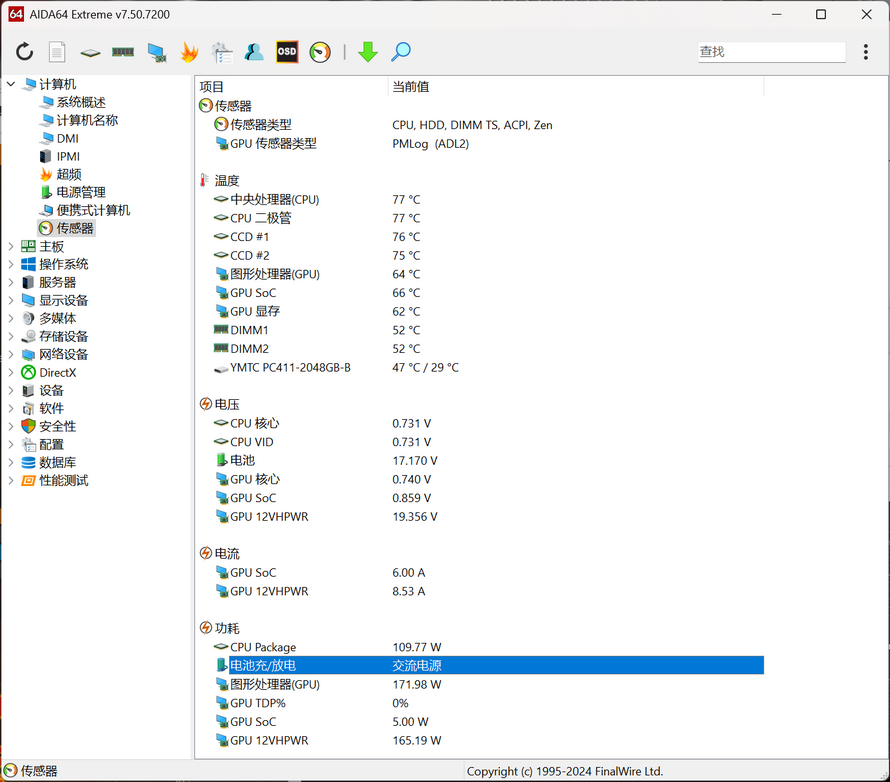
We also tested the laptop's single-load power consumption. When using AIDA64 to stress test the CPU alone, the CPU power consumption can reach 121.45W, slightly higher than the official claim of 120W.
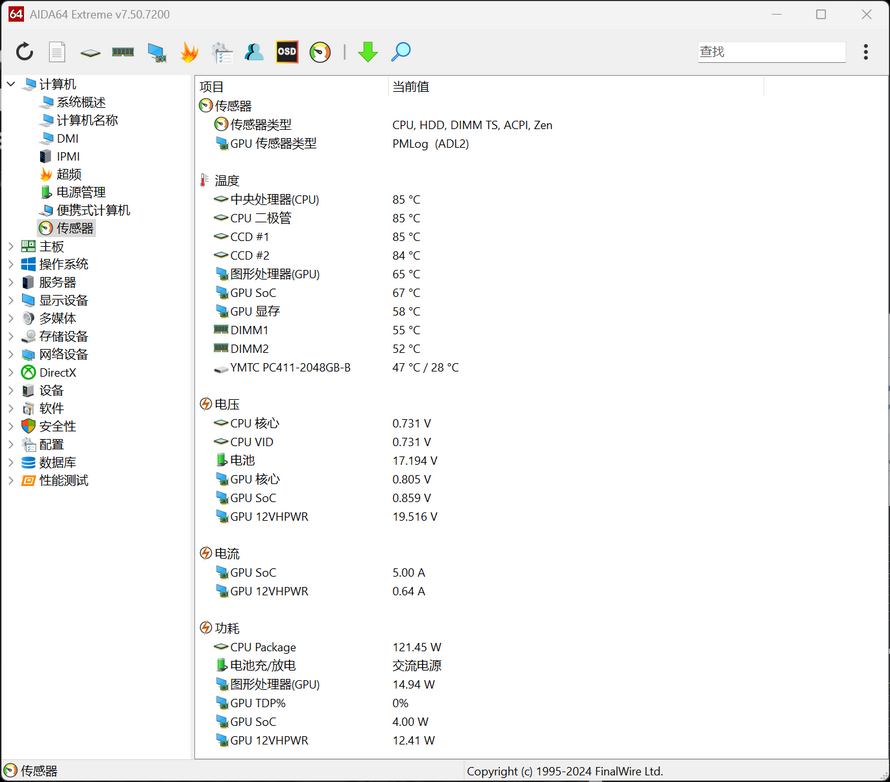
Next, we tested the heat, noise, and performance of the Mechanical Revolution Canglong 16 Ultra in GPU overclocking + High-Performance Turbo Mode. The heat and noise tests were conducted after 30 minutes of dual-load testing, with an ambient temperature of approximately 25°C.
Starting with the heat test, we used the FLIR ONE Pro to measure the temperatures of the laptop's C-surface, the air exhaust vents, and the water cooler exhaust vents. The temperature recorded on the C-surface, near the center of the keyboard, was 47.7°C.
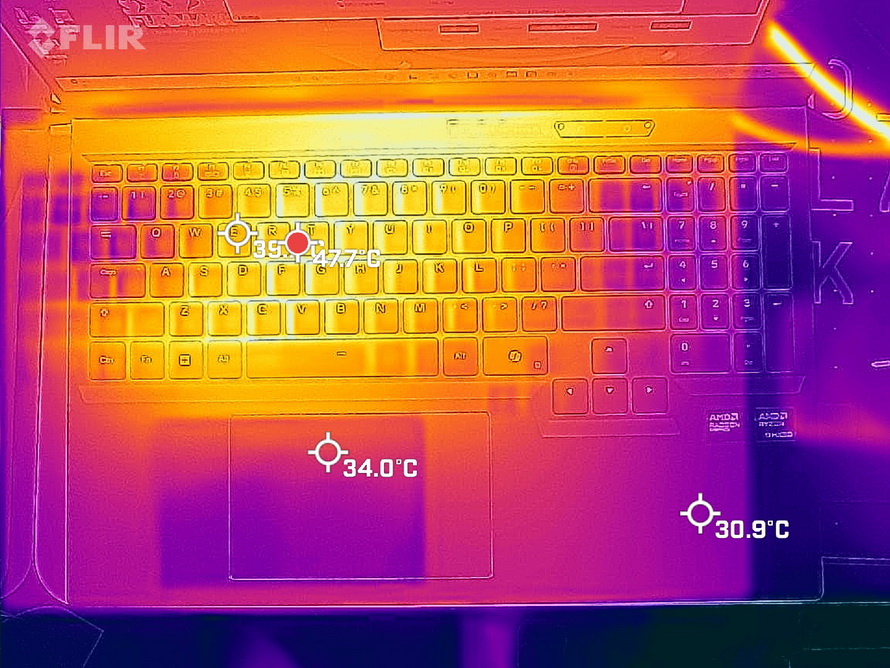
Next, we measured the temperature of the air exhaust vents at the back of the laptop. Since there is an exhaust vent on each side of the laptop, we chose the vent closer to the 47.7°C hot spot for measurement, recording a high temperature of 56.5°C.
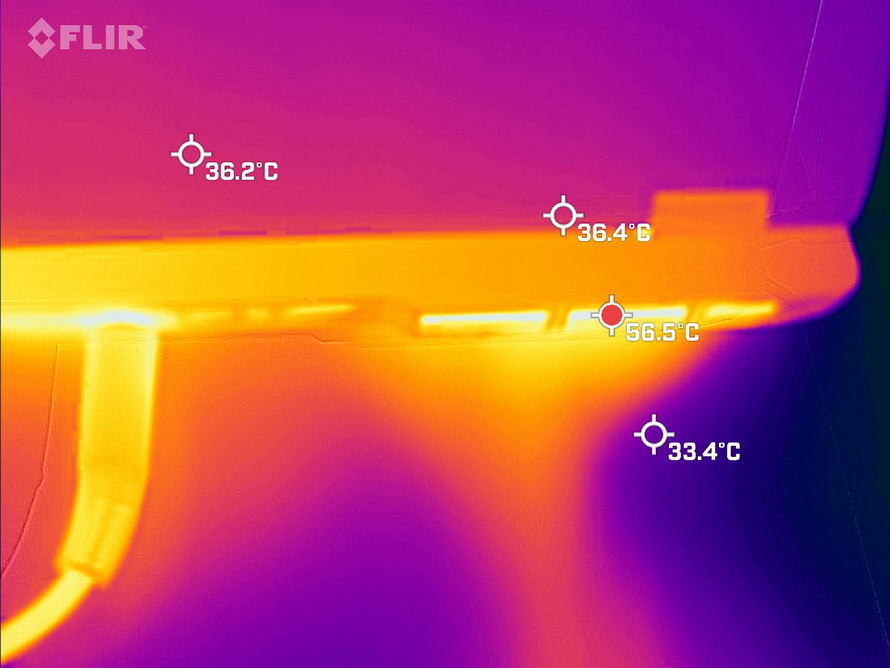
Finally, we measured the temperature of the water cooler exhaust vent, which had an overall temperature of 40°C+, with a high temperature of 49.3°C.

For the noise test, we conducted two measurements. The first was at the laptop's air exhaust vent (same as the temperature measurement point). To reduce the impact of ambient noise, the noise meter was placed 2 centimeters away from the exhaust vent, recording a noise level of 62.3dBA.

The second measurement point was on the water cooler. The noise meter was also placed on the exhaust vent, recording a noise level of 56.5dBA.
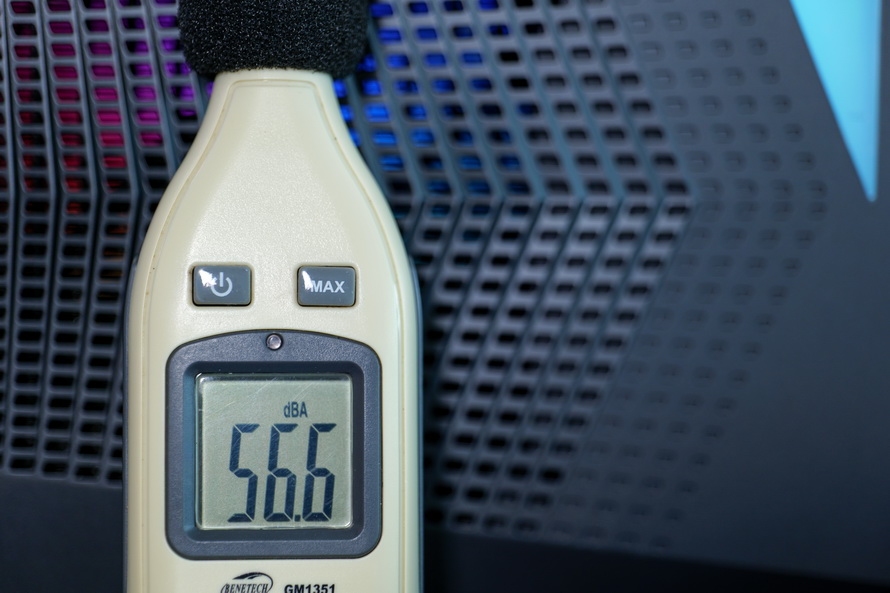
For a gaming laptop with a total power consumption of 300W, the Mechrevo Canglong 16 Ultra's heat dissipation and noise performance can be considered quite good. The temperature at the air outlet does not exceed 60°C, and although the noise reaches around 50-60dBA, this is data recorded close to the machine. At a normal usage distance, the noise will be significantly reduced.
Performance Testing
Thanks to effective heat dissipation measures, the performance and heat dissipation of the Mechrevo Canglong 16 Ultra can be said to be satisfactory. Next up is the part everyone cares about the most: how fast it runs games. However, before we start the game testing, let's first take a look at some basic performance tests of the laptop.
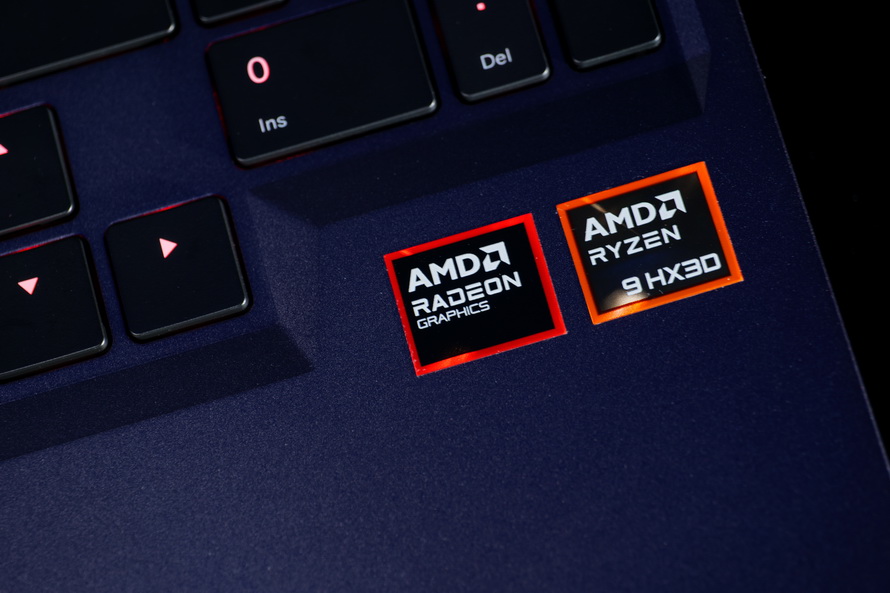
First is the AIDA64 memory performance test. The read bandwidth is 64898MB/s, the write bandwidth is 71101MB/s, the copy bandwidth is 60984MB/s, and the latency is 103.9ns, which is a decent performance.
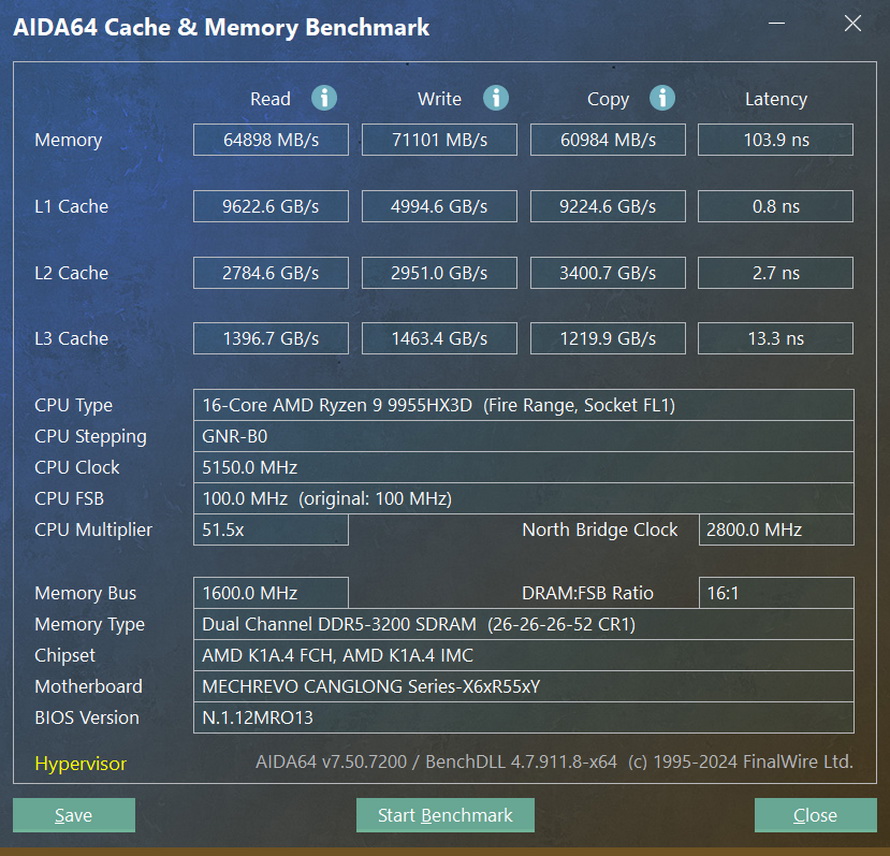
Next is the SSD performance test. The CrystalDiskMark measured read speed reaches 7398MB/s, and the write speed is 6411MB/s, which is a good performance.
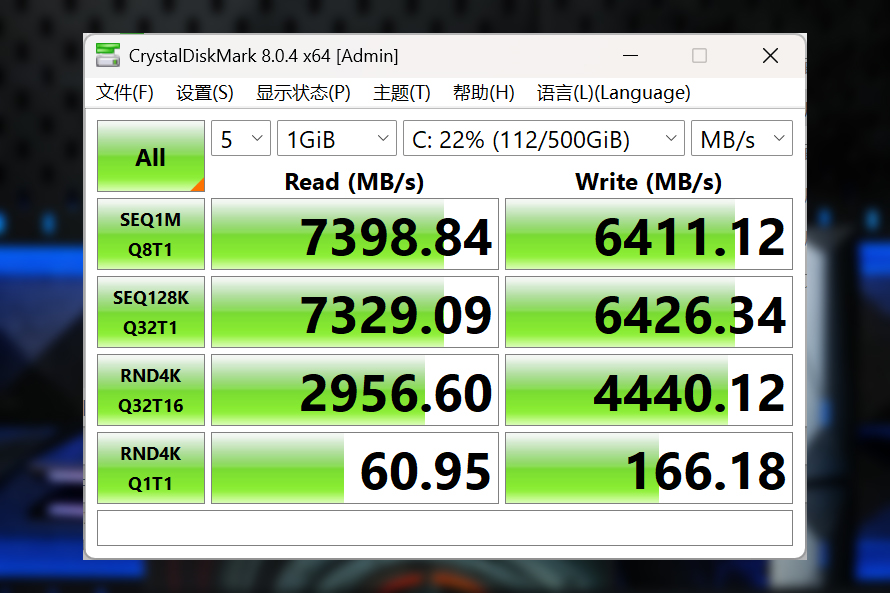
The third test is the CPU performance test. In CINEBENCH R23, the Mechrevo Canglong 16 Ultra achieved a multi-core score of 39158pts and a single-core score of 2168pts, which are very impressive results.

Next, we start the game testing. The first "game" is, of course, the 3DMARK. In Time Spy Extreme, the Mechrevo Canglong 16 Ultra scored a total of 12174, with a graphics card score of 12185 and a CPU score of 12117.
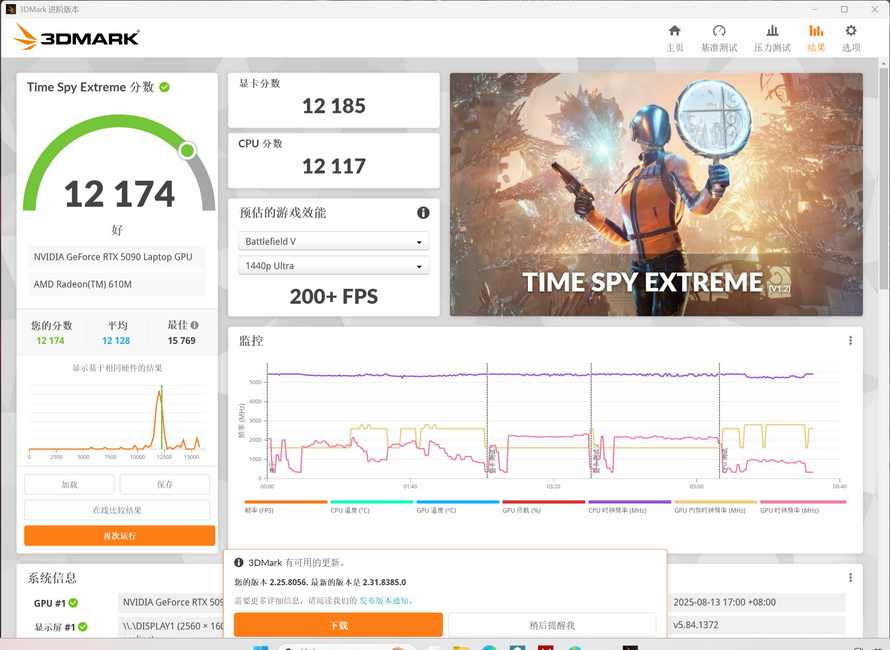
In the Time Spy stress test, the Mechrevo Canglong 16 Ultra achieved a frame rate stability of 98.7% in 20 cycles, showing that the cooling system is quite effective.
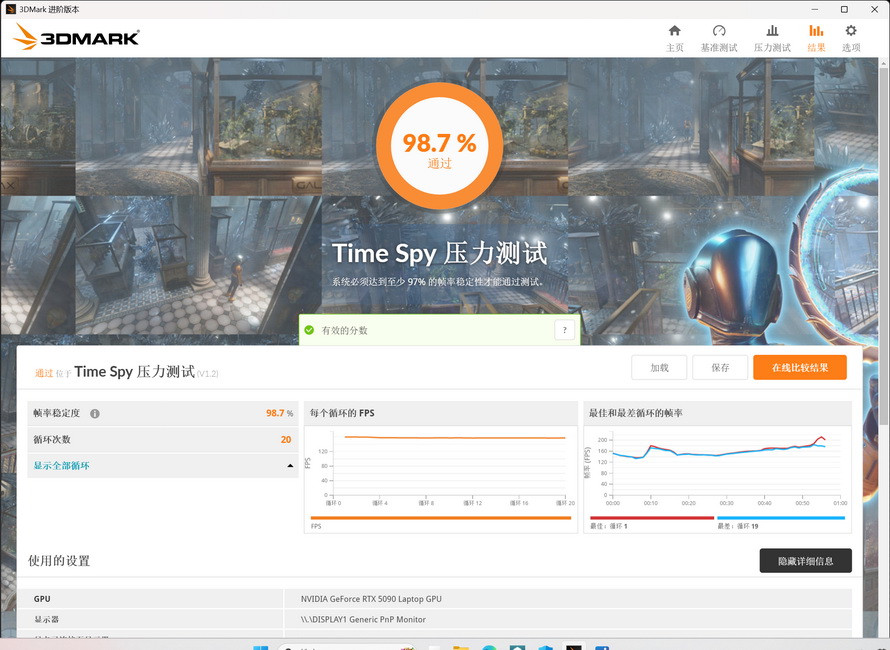
The second game is the well-known domestic 3A masterpiece "Black Myth: Wukong". Using the in-game testing tool, at a resolution of 2560*1600, with cinematic graphics settings, supersampling clarity of 90, DLSS 4 enabled, and high-level panoramic ray tracing, the average frame rate was 94FPS, with a maximum of 112FPS and a minimum of 78FPS. 95% of the frame rates were above 81FPS. After disabling ray tracing, the average frame rate increased to 160FPS, with a maximum of 180FPS and a minimum of 142FPS, and 95% of the frame rates were above 147FPS, which is quite impressive.
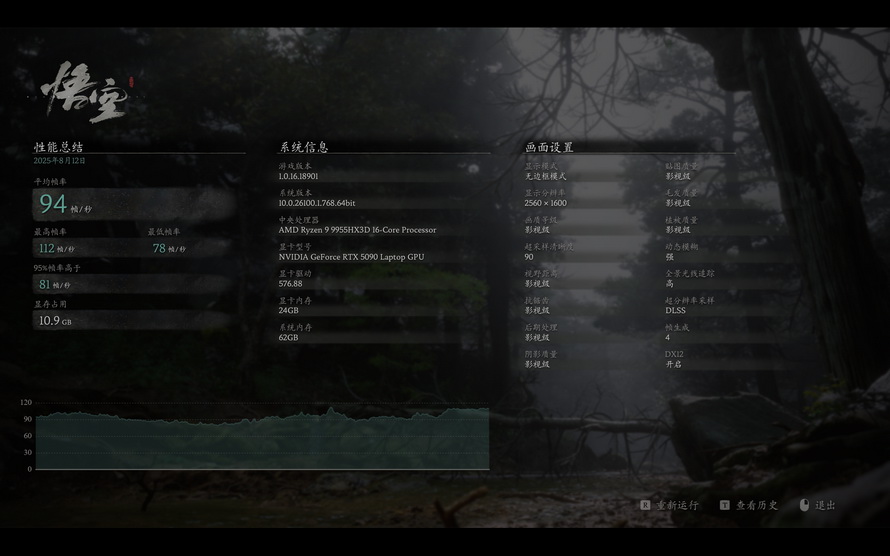
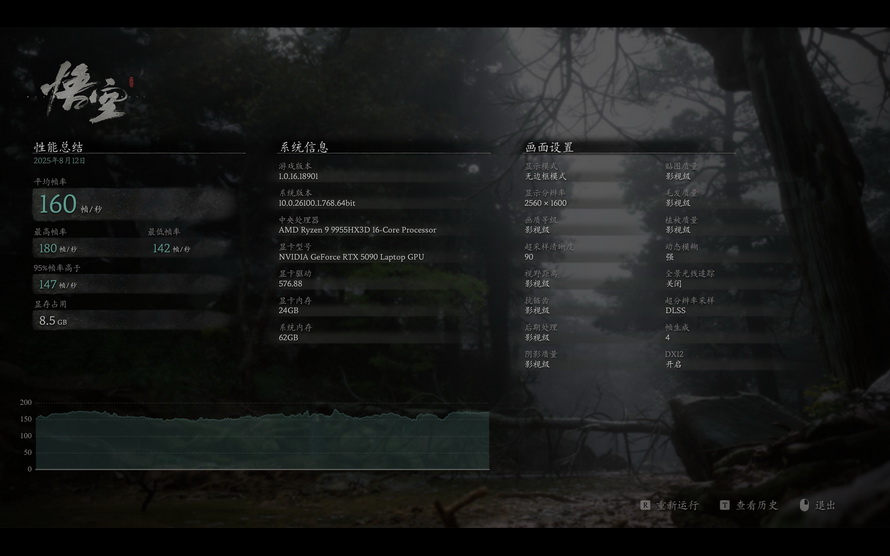
The third game is "Cyberpunk 2077". Based on the game's recommended settings—a resolution of 2560*1600, DLSS 4X enabled, and ray tracing enabled—the specific settings can be referred to in the image below. The average frame rate was 258.10FPS, with a minimum of 237.87FPS and a maximum of 281.58FPS.
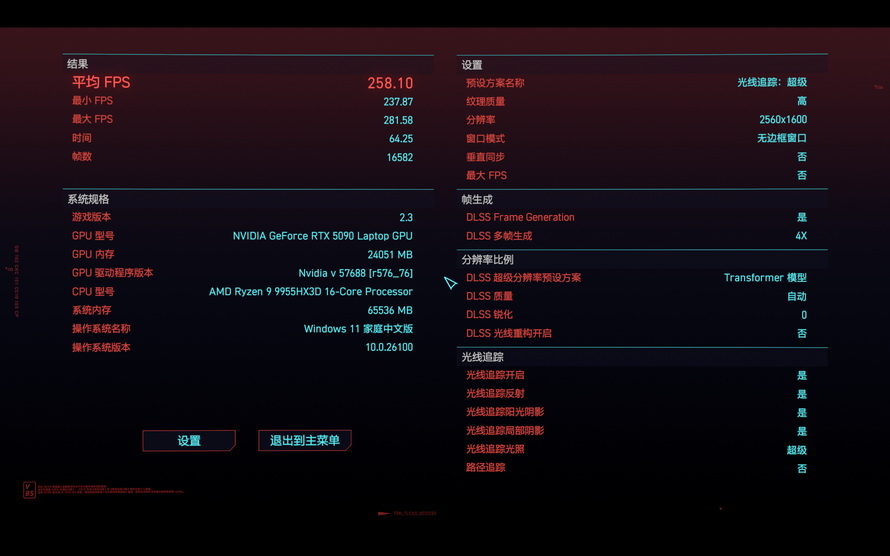
In addition to 3A masterpieces, we also tested the performance of the Mechrevo Canglong 16 Ultra in online games, as its AMD Ryzen 9 9955HX3D processor boasts "thousand-frame e-sports" performance, which is naturally very much anticipated. In "Boundless", published by NetEase, at a resolution of 2560*1600, with DLSS and ray tracing enabled, the average frame rate reached 623FPS, with a minimum of 560FPS.
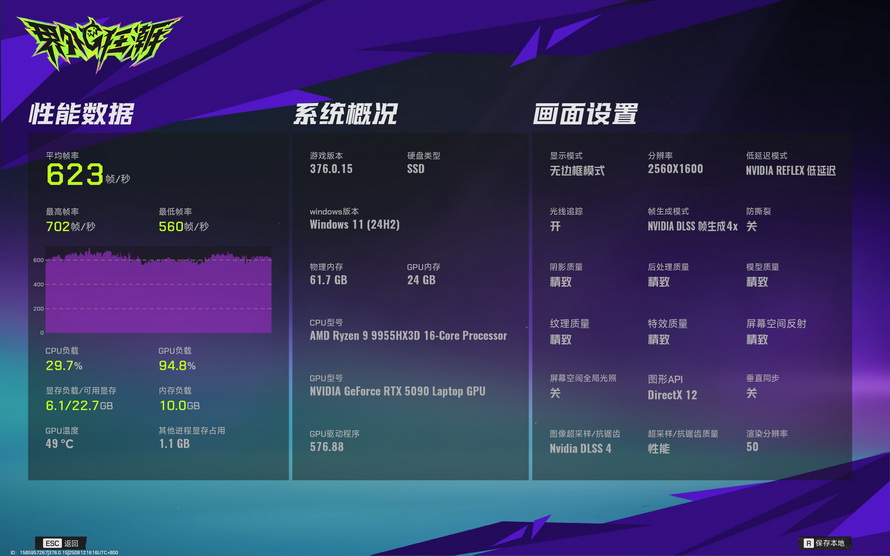
For the two games without benchmarks, "VALORANT" and "League of Legends", we used CapFrameX to monitor and count the game frame rates. The average frame rate in "VALORANT" was 702.2FPS, and the P95 frame rate could reach 1104.9FPS.
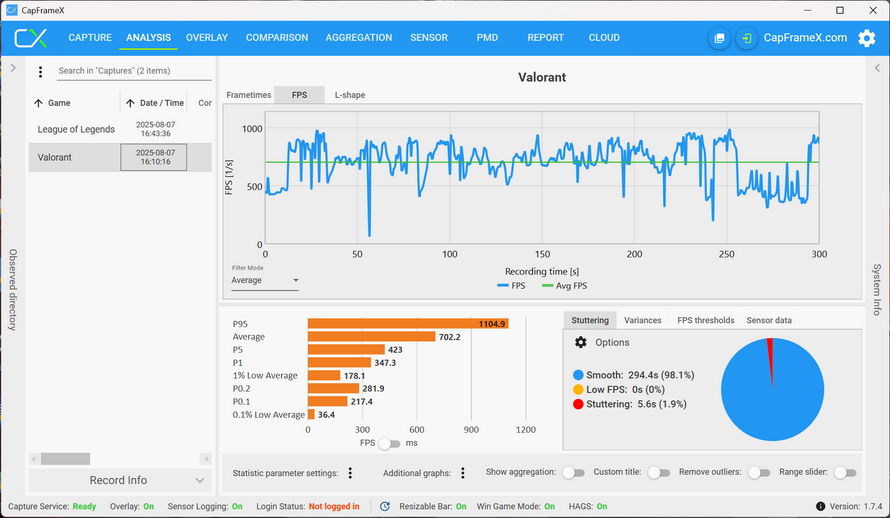
The average frame rate in "League of Legends" was 422.8FPS, and the P95 frame rate could reach 814.2FPS. It can be said that whether it's 3A masterpieces or competitive online games, the Mechrevo Canglong 16 Ultra can handle them with ease.
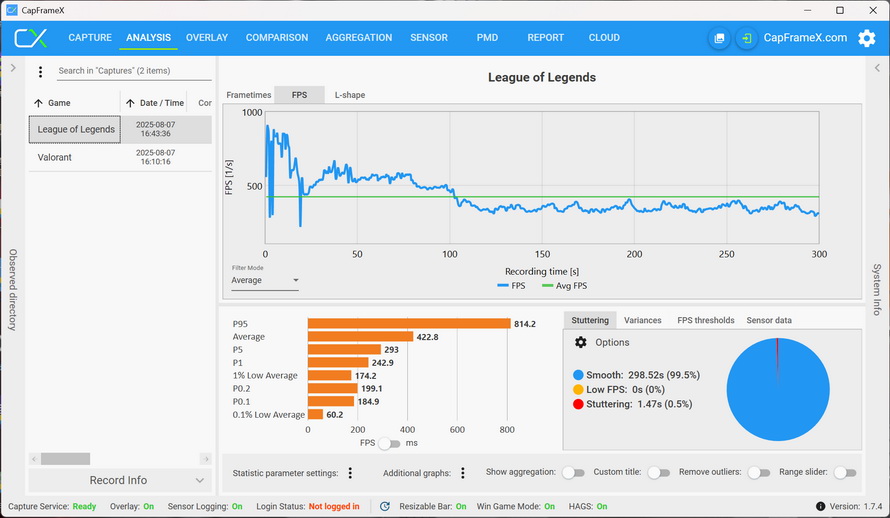
Conclusion
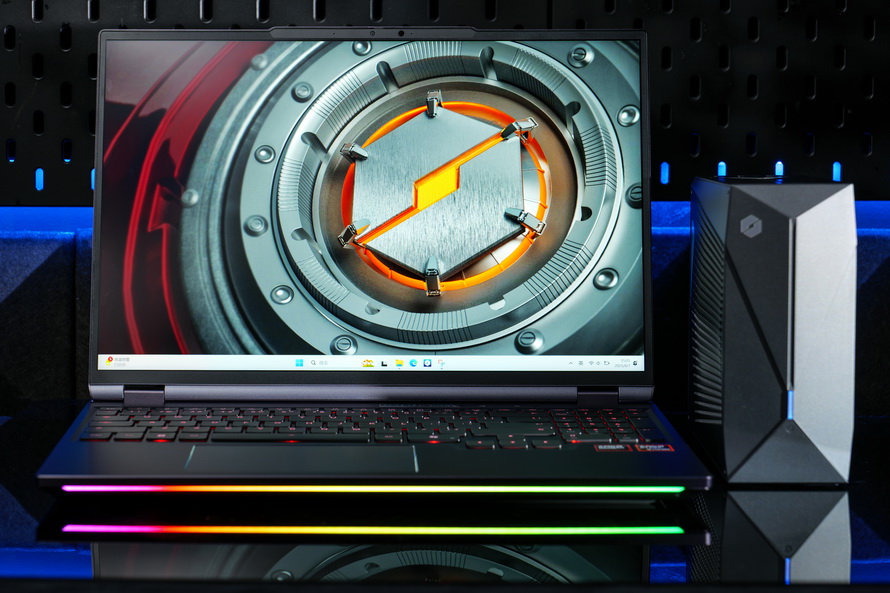
Imagine spending a lot of money on a high-performance gaming laptop, and the first 10 minutes of gaming are smooth as silk, but then the frame rate drops consistently, and even stuttering occurs. If this happens, you might want to throw the laptop away. However, with the Mechrevo Canglong 16 Ultra, you don't have to worry about encountering the same problem at all. It is equipped with an AMD Ryzen 9 9955HX3D processor, a GeForce RTX 5090 Laptop GPU, and a 300Hz high-refresh-rate screen, ensuring smooth gameplay. Moreover, it uses a design with built-in air cooling and external water cooling, which not only reduces the temperature of the computer but also greatly enhances performance stability, ensuring a consistent gaming experience.
